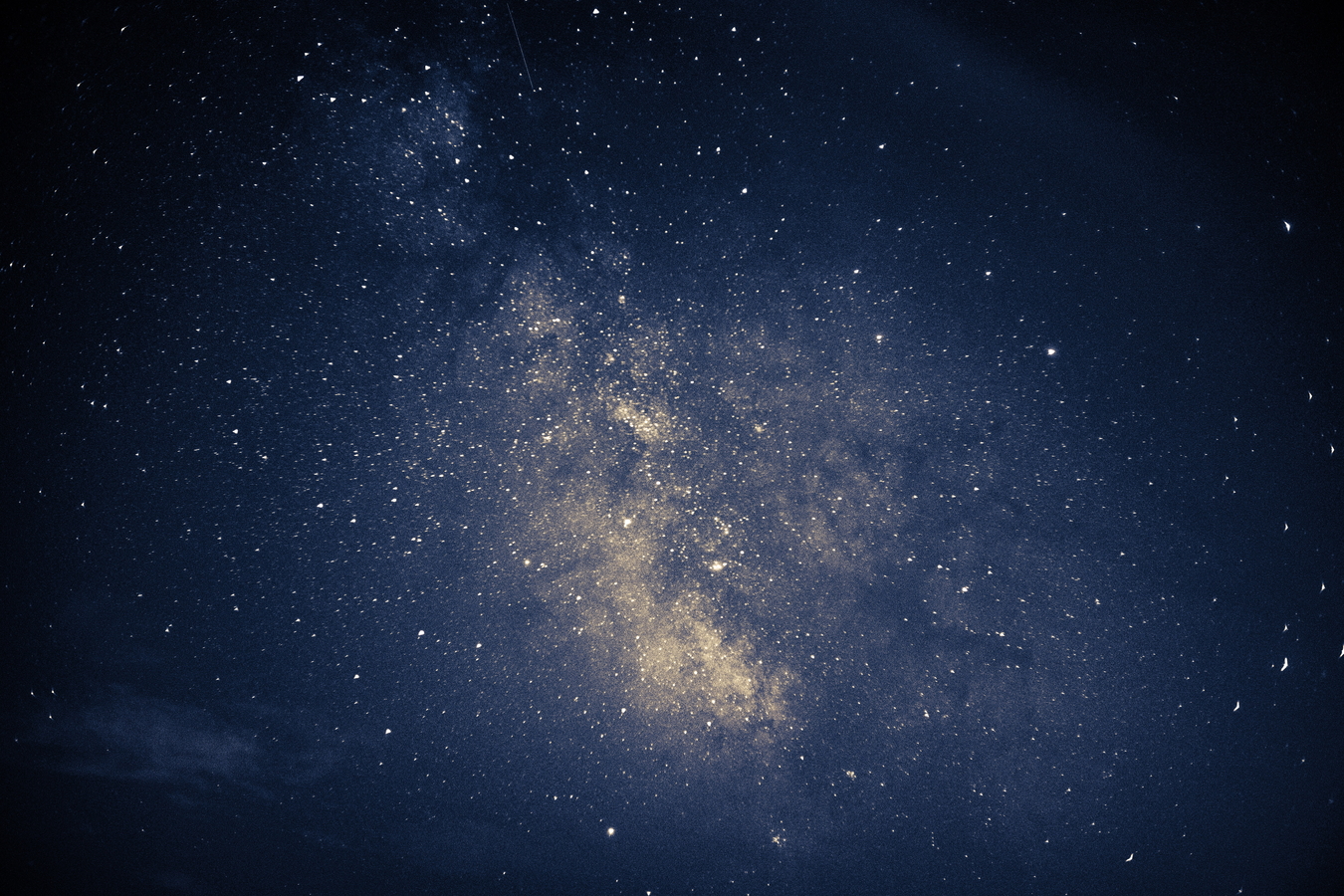Overview
Our expectations for how matter accretes onto supermassive black holes (SMBHs) are rapidly evolving in the era of time-domain astrophysics. Despite decades of work on SMBH accretion, these time-domain surveys are revealing that accreting SMBHs can be more variable and extreme than we previously thought. To showcase the extremes of the inner accretion flow, I will present results from a multi-year X-ray campaign on a particularly dramatic accreting SMBH, 1ES 1927+654, which shows a rapidly evolving oscillation arising from near the black hole’s edge. Additionally, these time-domain surveys are revealing typically unobservable dormant SMBHs through the disruption of a star by the extreme tidal forces of the SMBH (i.e., a tidal disruption event). I will highlight how optical time-domain surveys are missing a sizable fraction of tidal disruption events obscured by dust and how our team has been finding this historically overlooked population through infrared surveys. We recently observed these targets with the James Webb Space Telescope, which revealed highly ionized emission associated with the accretion and new probes of the circumnuclear environment in these galaxies. Finally, I will end by highlighting how the Vera Rubin Observatory and the Nancy Grace Roman Space Telescope promise to transform the field in the next few years.
